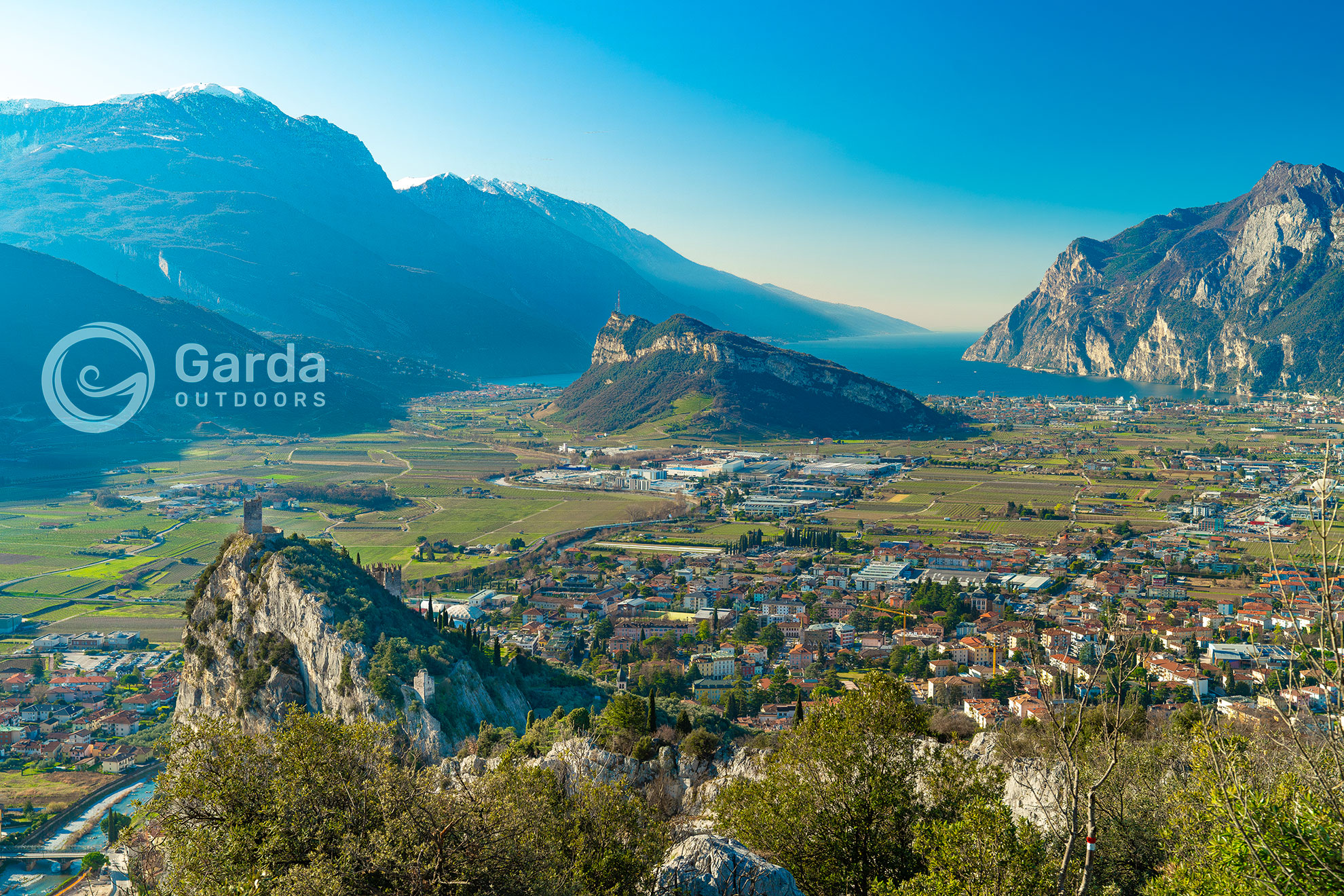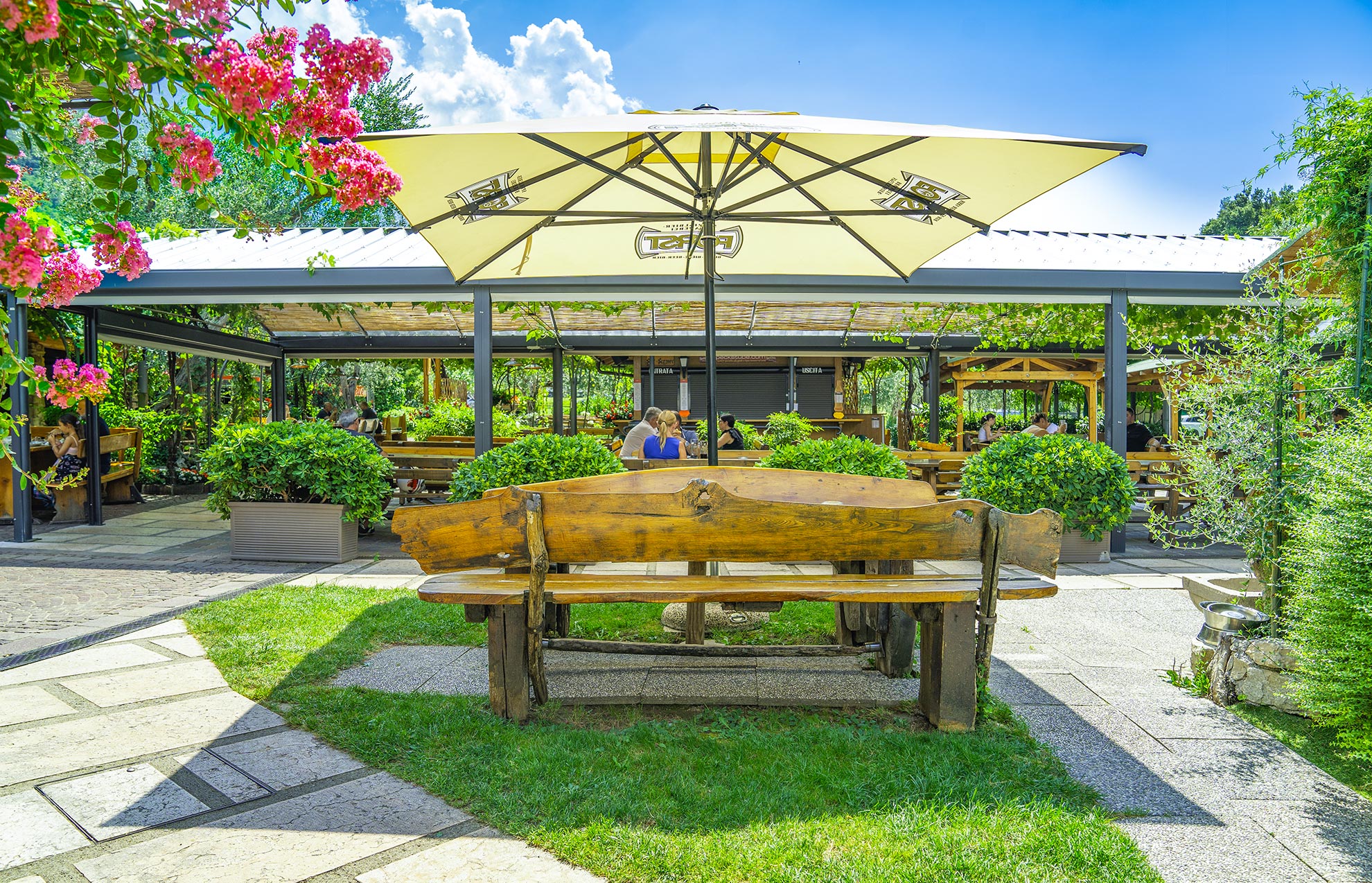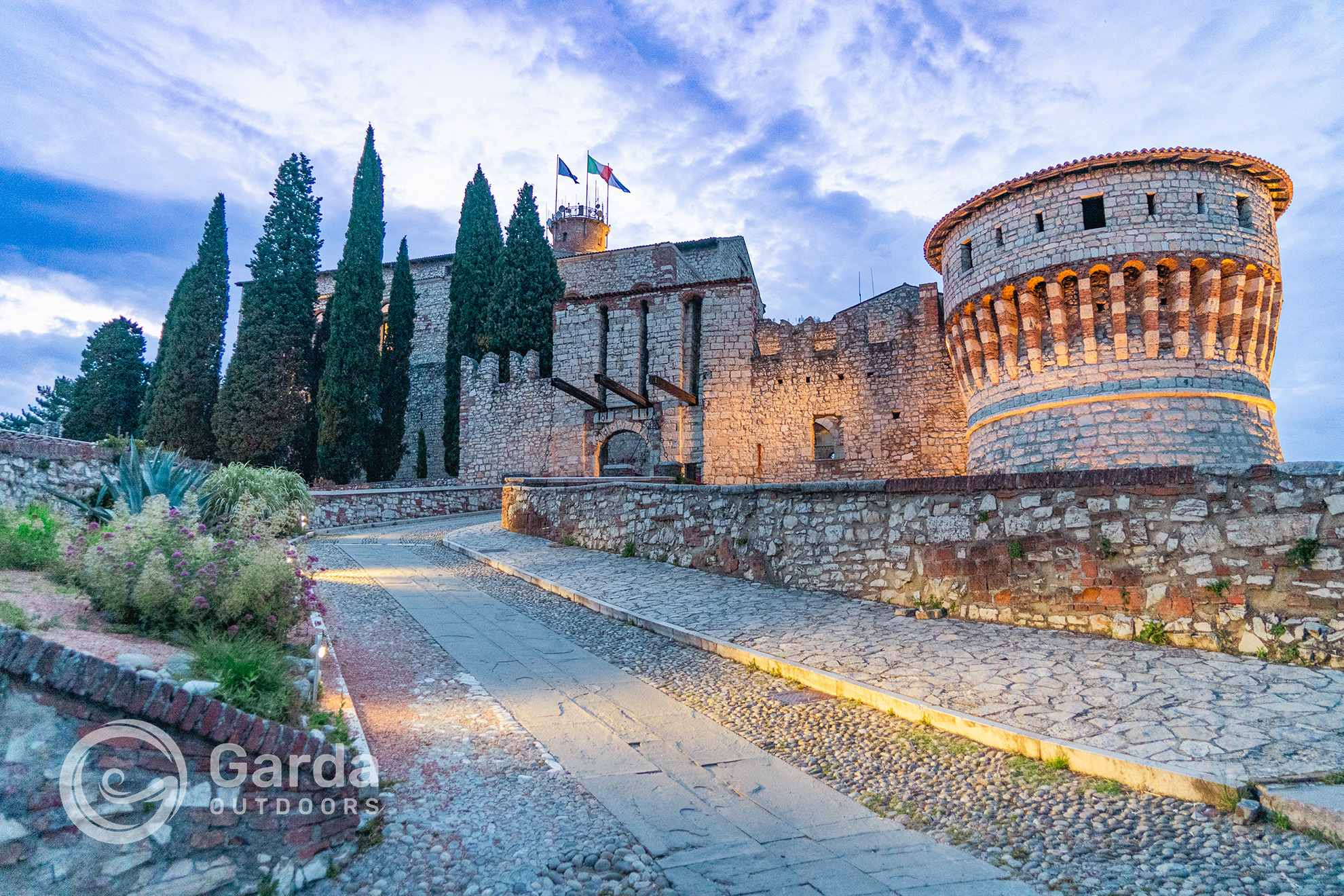One of the things that fascinates me most about Lake Garda is the fact that its shores touch three very different regions. Lombardy, Veneto and Trentino offer wonderful and never the same views , places to discover and stories of peoples to tell. Today we take you to discover the elegant and harmonious Trento .
Lake Garda opens its doors to the heart of the Alps . A territory where respect for nature always comes first, where good food and love for traditions are certainly not lacking.
The historic center of the city of Trento is noble and austere, welcoming tourists with a skilful fusion of different architectures , from the Romanesque-Gothic style to that of the modern era. Through its churches, monuments and palaces, Trento releases a piece of its history at every corner, and its streets hide unknown treasures, legends and curiosities that deserve to be discovered.
What to see in a day trip in Trento
The Buonconsiglio Castle.
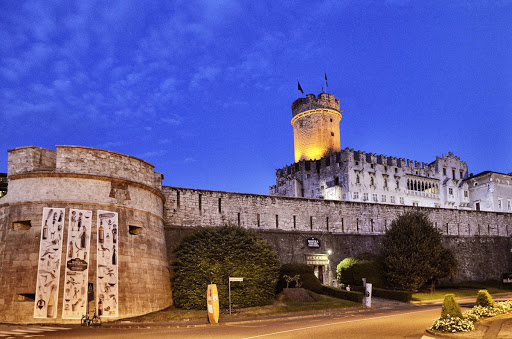
The castle is a real monumental complex made up of various structures from different eras, blended in an excellent way with each other. The oldest part is the Castelvecchio with its keep and its Venetian Loggia from which it is possible to admire a wonderful view over the roofs of the city. a beautiful sunny day.
In the following period the Magno Palazzo was added thanks to Bernardo Clesio who lived between the fifteenth and sixteenth centuries and was the one who gave the city the greatest cultural, political and economic impulse and promoter of the Council of Trento. The most recent part, so to speak, dates back to 1600 with the Giunta Albertiana .
The castle ends with the Torre Aquila with its twelve medieval frescoes (or rather eleven: the month of March was lost in a fire) which represent the months of the year and tell both the noble life and the peasant life of Trento and its surroundings.
Contrada Todesca.
Via del Suffragio, you will recognize it for its long portico, is part of the Contrada Todesca that gathered beyond via del Suffragio, also via San Marco and Piazza della Mostra (right in front of the Castle).
Do you think that this road, in the thirteenth century was called Contrada dei Cappellari because of some craft shops, specialized in the production of hats and it was in the sixteenth century that it was called Contrada Todesca: it was here that the Germans lived above all and it was a very busy street for the fort presence of hosts, carriage drivers and convoys and it was here that the passing people stopped to sleep and eat.
Cathedral of San Vigilio in Trento.
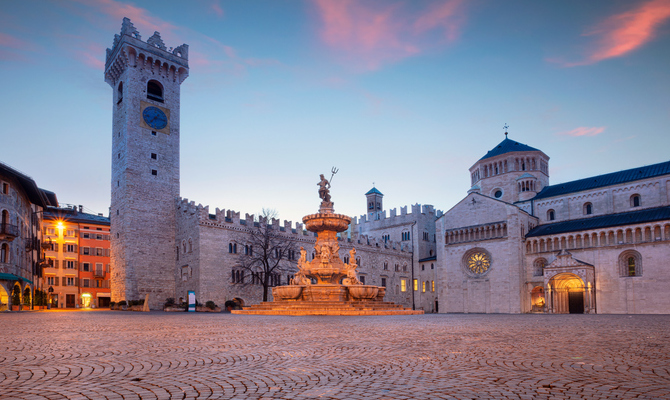
The majestic Cathedral of S. Vigilio in Trento, dedicated to the patron saint of the city, overlooks the main square. Built on the tomb of the Saint, over the centuries the cathedral has undergone various modifications and reconstructions, with the addition of Gothic and Baroque elements. Today it is a complex yet harmonious building, in which the Gothic and Baroque styles give life to a rich and unique interior. Among wooden sculptures, canvases and decorations, on the north transept stands the Wheel of Fortune, the large rose window that illuminates the nave, while on the sides of the aisles, two rampant stairways allow you to reach the bell towers.
Palazzo Pretorio in Trento.
The Palazzo Pretorio and the Civic Tower of Trento are located in the center and overlook Piazza Duomo, the main meeting place of the city: they are majestic monuments and all to discover, rich in history and perfect to visit in half a day. The Palazzo Pretorio dates back to 1220 and over the centuries it has been used as a prison, court, seat of the Municipality and seat of the bishops. Today it dominates the center of Trento and houses the Cathedral Treasury and the Tridentine Diocesan Museum, whose paintings narrate the events of the Council of Trent.
The Civic Tower, next to the Palace, with its large clock has always marked the time of Trento, but hides a dark past: the Renga bell, kept inside, announced the death sentences on the square it overlooks.
Villa Margon: the most beautiful extra-moenia noble residence in the entire Alpine arc.
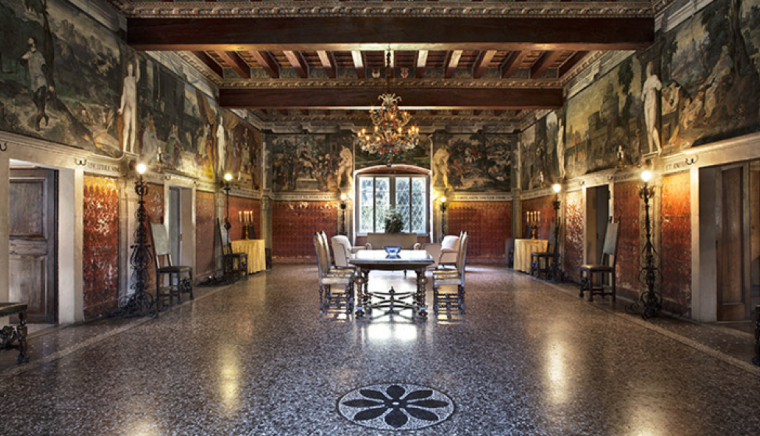
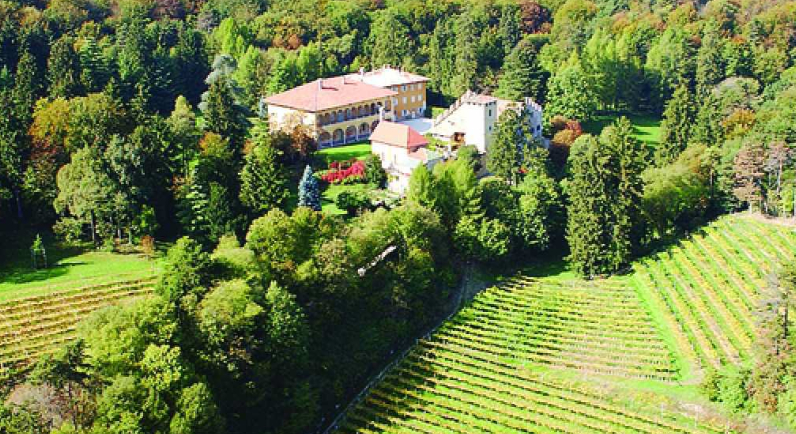
Villa Margon is one of the most important noble residences built in the sixteenth century near Trento. The villa, built in Margon on the slopes of Monte Bondone (452 m), was built around 1540-50 on the initiative of the Basso family of Venetian origin. A noble summer residence and holiday resort, the residence stands in a landscape of rare beauty and is surrounded by a large park of about 135 hectares.
The interior is divided into a series of rooms frescoed by important pictorial cycles that represent precious documents of sixteenth-century painting in Trentino. These are the frescoes relating to the life and deeds of Emperor Charles V, who is believed to have been a guest of the villa, scenes from the Old and New Testaments and a cycle of the Months.
The Historic Palaces of Trento.
We leave via del Suffurgo on our right to go along via Manci , a much wider and airier road than via del Suffurgo and via San Marco. Via Manci begins the golden age of the city: the Renaissance.
Thanks to the bishops Bernardo Clesio and Cristoforo Madruzzo , the city of Trento experienced its maximum splendor and they were the architects of the transformation of the urban system according to Renaissance parameters, renovating or building from scratch the palaces.
Among the major palaces is Palazzo Salvadori , the first architectural testimony of this period and built around 1515. A peculiarity : subsequently two medallions were added on the facade to remember the martyrdom of San Simonino.
Another palace is Palazzo Galasso (or del Diavolo), built by the Fugger family and legend has it that Mr. Fugger, in order to build it and then marry a beautiful girl, made a pact with the devil. Once the palace was finished he managed to get rid of the evil, thus marrying the beautiful damsel and enjoying the new home.
The Muse: science museum.

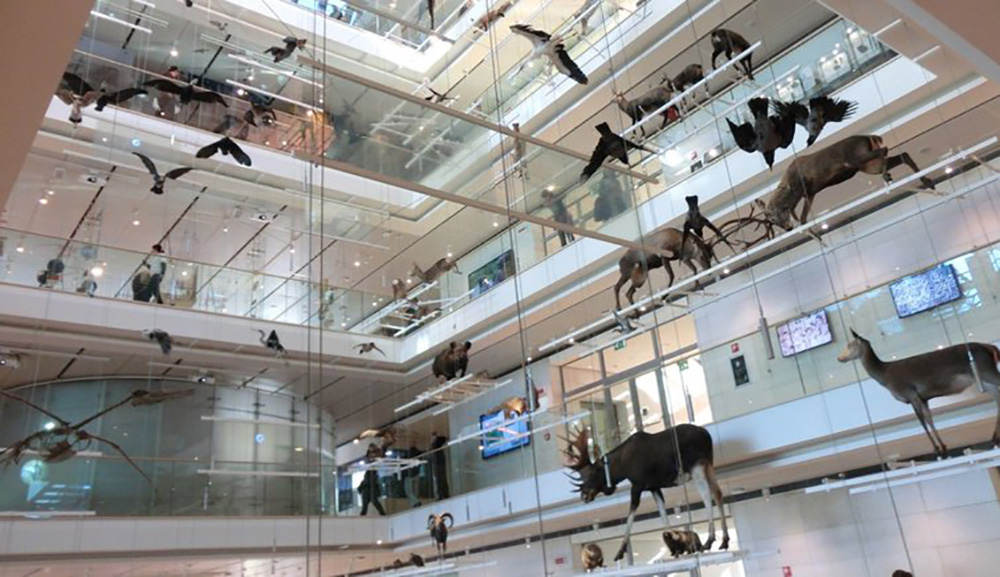
MUSE is one of the 10 most visited museums in Italy with over 600,000 admissions per year. Designed by architect Renzo Piano who, with the profile of the structure, wanted to recall the jagged shape of the Trentino mountains and in particular the Dolomites. The Muse exhibition itinerary also uses the metaphor of the mountain to tell the story of life on Earth. It starts from the top: terrace and floor 4 make us meet sun and ice, and then go down to deepen the themes of biodiversity, sustainability, evolution, up to the basement and the wonder of the tropical greenhouse. For more info click here.
The Caproni Air Force Museum.
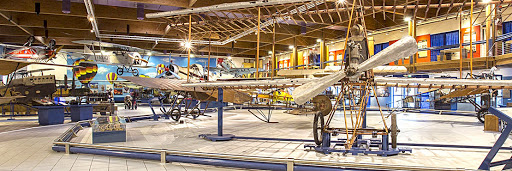
The Museum exhibits the first aeronautical collection in the world, established in the 1920s. Since his early years of activity, Gianni Caproni decided to keep some of his most important aircraft within his workshops, rather than proceeding with their disposal and the reuse of materials for other constructions. This choice, in 1927, matured in the foundation of the Museum in Taliedo, in the province of Milan. Its headquarters in Trento was inaugurated in 1992. For more info click here.
Other anecdotes and curiosities of Trento.
Trento is not only rich in history and beauty, it is a surprising place full of anecdotes that are worth knowing. In addition to the legends of the Fontana dell’Aquila, here are other curiosities of this city:
- In a confessional in Santa Maria Maggiore a group of seven digits would be engraved to indicate the contempt that Martin Luther had for the President of the Council: Damn Madruzzo Martino Never Mute Better To Die!
- Piazza Pasi , the old piazza delle Opere where the vegetable market was held, would still hide the treasure of the barbaz buried by Brenno, according to some the founder of the city.
- Via delle Orne derives its name from a unit of measurement for liquids, the orna, which corresponded to about 64 liters and was used by local artisans to the construction of the wine barrels.
- The area located between Villazzano and the Adige is called “Man” , which takes its name from the Latin manes as it is believed that the souls of the dead were venerated.
- At the traffic light between via Vanga and via Pozzo there was the Casa della Catena , of medieval construction, so called because once a chain blocked the night navigation of the river.
Hotels – Restaurants – Experience in Trento.
As with all of Lake Garda, there are also many structures in which to stay in Trento, from small and well-kept B & amp; B’s to resorts with wellness centers and beauty services, in the section dedicated to hotels in Trento find all the information you need to find the most suitable accommodation for you.
The same goes for restaurants, at this link you will find our selection of restaurants in Trento . Remembering that Lake Garda offers several starred restaurants and the quality of the culinary offer is very high.
There are many activities and experiences you can do in Trento and on Lake Garda, so we recommend you visit the section dedicated to experiences in our magazine by clicking here.
How to get to Trento.
By car:
For cars, motorcycles and campers the reference route is the Brennero-Modena A22 motorway , connected to the south with the A1 Milan-Naples and the A4 Milan- Venice. From the A22 state roads branch off to reach each valley. The Trentino road network generally has wide and comfortable roads, and winter driving conditions are kept under constant control.
By train:
All Italian and European long-distance trains stop in the two main stations of the cities of Trento and Rovereto .
By plane:
Those traveling by plane can land in Verona , Bergamo , Venice or Milan and reach Trentino in between one and two hours, choosing between car rental, shuttle bus services or rail transport.
